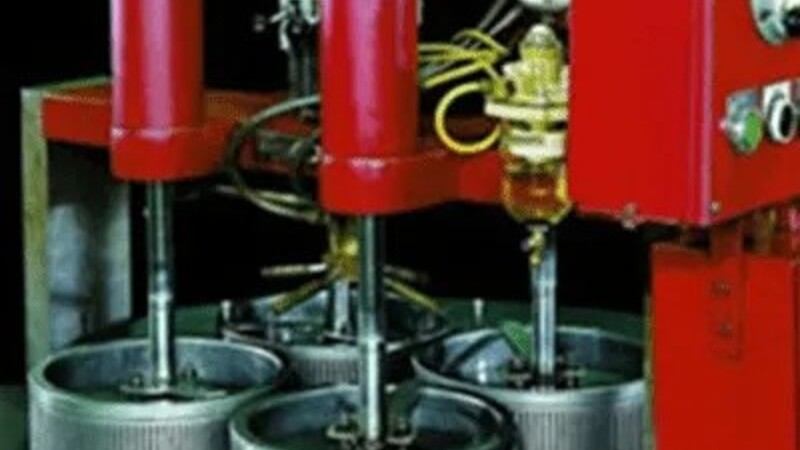Taking Design Specs to a Shop? Internal Grinding Solutions to Expect Art comprises a myriad of formats, with internal grinding being one of them. A flair for innovation and new technological leaps ever looms within CNC processes. Therefore, precision cylindrical grinding and polishing is both art and science. The software helps immensely, especially when completing complex tasks. Proprietary controls keep things lean; tactical programming shortens project time as it stays ever so reliable down to the micro-level.
Fabrication is still creatively demanding. Machine shops practically live on the precipice of ‘just in time’ service. This is the sole reason a machine must be durable and securely functional. A highly qualified, aptly trained staff wants to learn as much as they can about what’s at their disposal. Plus, each part is carefully assembled and tested.
Each individual part requires almost herculean detail. Those organizations who buy and supply smaller parts understand this concept more than others. For an architectural fastener that produces heavy and light bolts for modern construction, meeting specifications isn’t about choice. Adherence to measurements can mean getting the job done right and destroying trust built up with the market.
Consultation on behalf of customers of internal grinding specialties, including CNC, milling, centerless grinding, jig grinding, thread grinding, and other areas is needed from start to finish. Hanging on to spare parts is usually considered good practice to a precision machine shop that cares about incoming design requests. This type of attention drips down the supply chain. Exceeding all expectations should be the norm and not the exception.


